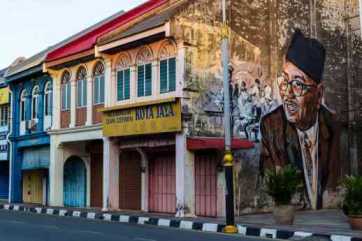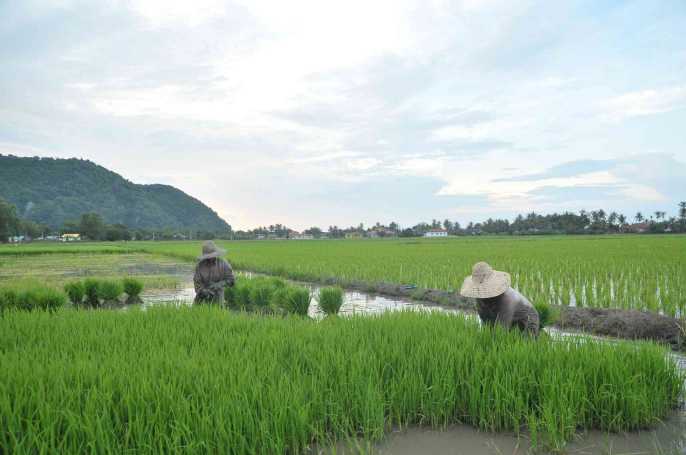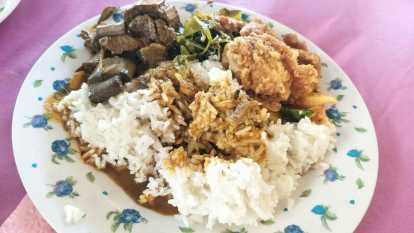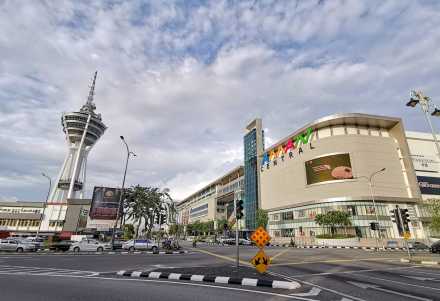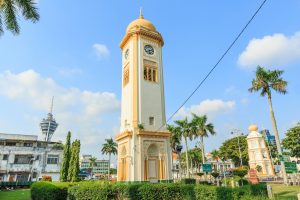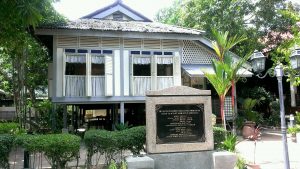HISTORY AND PEOPLE
HISTORY

golden rice paddy
A plaque near Dataran Alor Setar commemorates the spot where the city was founded. ‘Alor’ is the Malay word for channel while ‘setar’ is the name of the fruit-bearing trees that grew on the side of the riverbed. Alor Setar was founded by Kedah ruler Sultan Muhammad Jiwa Zainal Adilin Mu’azzam Shah in 1735. The settlement appears to have been the state’s eight administrative center since the beginning of the Kedah sultanate in 1136.
The state’s history goes even further back. Kedah has one of the oldest civilizations in the country. Its Bujang Valley was an early home to Hindu cultural and Buddhist-influenced Malay societies which lasted for nine centuries. Ancient tomb temples called ‘candi‘ have been unearthed in this rich archaeological area of the country. In the latter half of the first millennium, Kedah was ruled by Srivijaya – a regional power based in Palembang on Sumatra island. Srivijaya was a Buddhist kingdom which peaked in the eighth century.
Kedah then fell under the control of the Tamil Chola kings who were the ruling dynasty of southern India. In the mid-11th century CE, the Kalinga empire had flourished on the eastern coast of the Indian subcontinent. The people of Kalinga had also been merchants who conducted seaborne trade with neighbours to the east. A busy meeting place along the trade route at that time, Kedah traded pepper and spices which were sent to China through ships that crossed the Straits of Malacca.
In the 14th century, suzerainty over Kedah was transferred to Majapahit – a Hindu kingdom centered on Java. After Majapahit’s decline, Kedah was attacked by the Achehnese in 1619, the Bugis in 1770 and the Siamese in 1821. Kedah adopted Islam and commenced a Muslim sultanate in 1136 CE, according to old Malay literary texts. The Kedah royal house is also the longest surviving royal bloodline in Malaysia.


